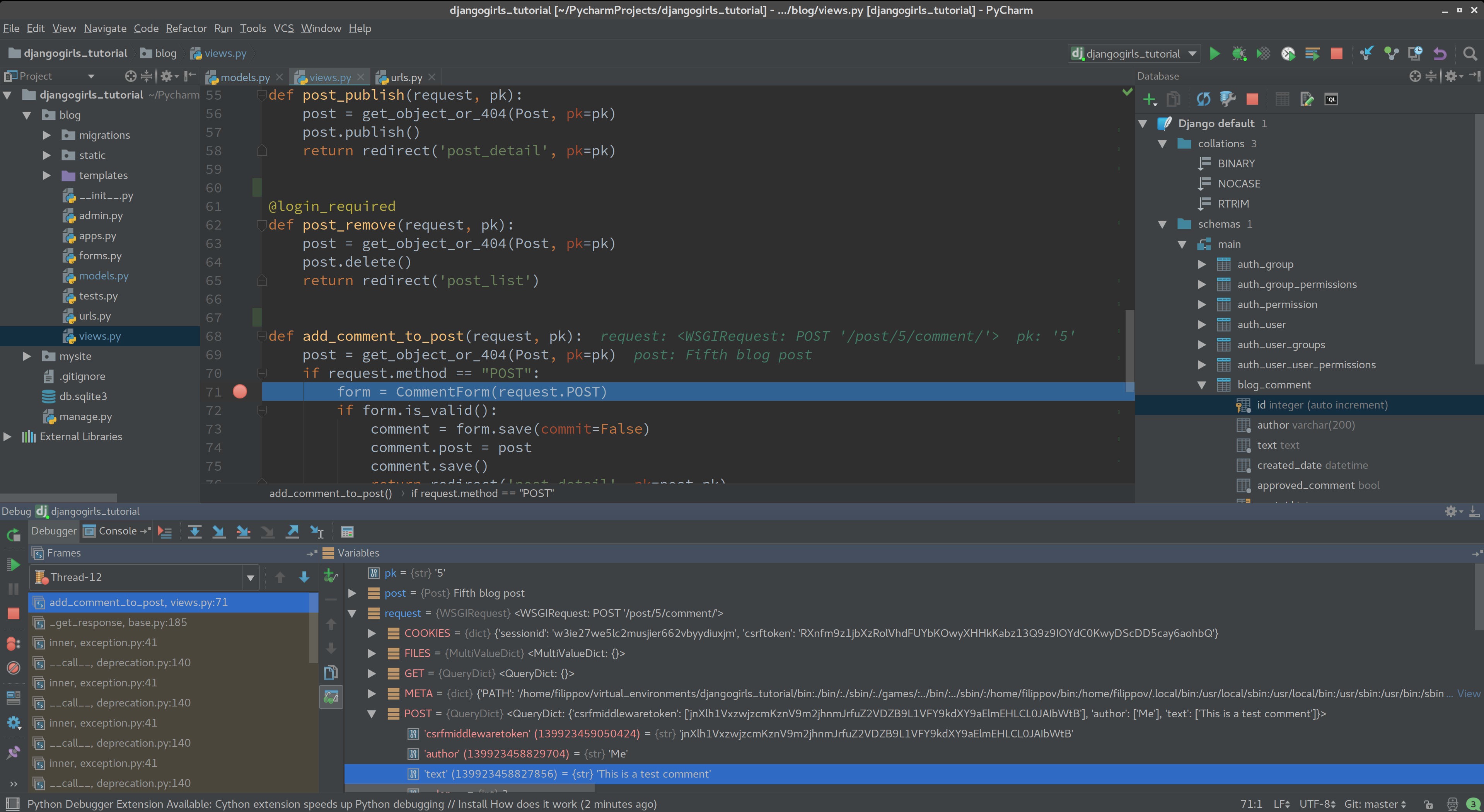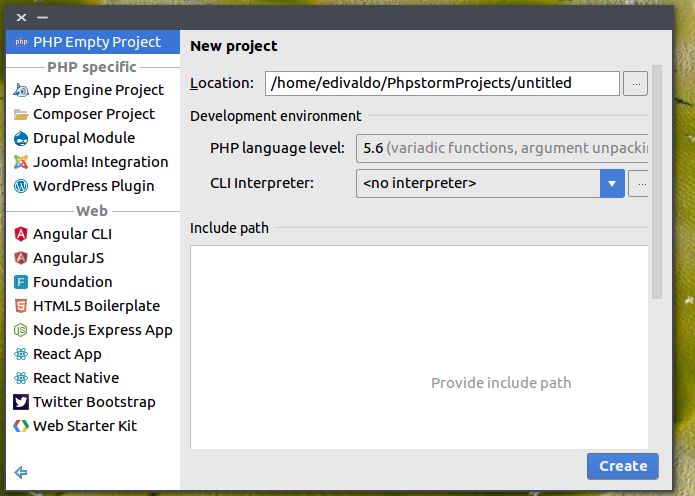- Snap Phpstorm Not Found
- Phpstorm Snap Download
- Ubuntu Install Phpstorm Snap
- Phpstorm Incorrect Profiler Snapshot Format
- Phpstorm Snaps
To run PhpStorm, run this snap command: phpstorm As an alternative, you can always use Toolbox App to install and update PhpStorm. We would like to know what you think about snap s. Add your comments here or tweet @phpstorm. PhpStorm is also available as a snap package. If you’re on Ubuntu 16.04 or later, you can install PhpStorm from the command line. Sudo snap install phpstorm -classic. Install using the Toolbox App #. The JetBrains Toolbox App is the recommended tool to install JetBrains products. Use it to install and maintain different products or several versions of the same product, including Early Access Program (EAP) releases, update and roll back when necessary, and easily remove any tool. The snap files are mounted as read-only (ro), and you can check this by using the mount command.
The proper way to remove PhpStorm depends on the method you used to install it.
Uninstall using the Toolbox App
If you installed PhpStorm using the Toolbox App, do the following:
Open the Toolbox App, click the screw nut icon for the necessary instance, and select Uninstall.
Uninstall a standalone instance
If you are running a standalone PhpStorm instance, the IDE configuration and system directories are preserved when you remove your instance in case you want to keep your settings for later or to use them with another instance, another version, or another IDE. You can remove those directories if you are sure you won't need them.

Open the Apps & Features section in the Windows Settings dialog, select the PhpStorm app and click Uninstall.
Depending on your version of Windows, the procedure for uninstalling programs may be different. You can also manually run Uninstall.exe in the installation directory under /bin.
Remove the following directories:
- Syntax
- %APPDATA%JetBrains<product><version>
%LOCALAPPDATA%JetBrains<product><version> - Example
- C:UsersJohnSAppDataRoamingJetBrainsPhpStorm2021.1
C:UsersJohnSAppDataLocalJetBrainsPhpStorm2021.1
Delete the PhpStorm application in the Applications directory.
Remove the following directories:
- Syntax
- ~/Library/Application Support/JetBrains/<product><version>
~/Library/Caches/JetBrains/<product><version> - Example
- ~/Library/Application Support/JetBrains/PhpStorm2021.1
~/Library/Caches/JetBrains/PhpStorm2021.1
Delete the installation directory.
Remove the following directories:
- Syntax
- ~/.config/JetBrains/<product><version>
~/.cache/JetBrains/<product><version>
~/.local/share/JetBrains/<product><version> - Example
- ~/.config/JetBrains/PhpStorm2021.1
~/.cache/JetBrains/PhpStorm2021.1
~/.local/share/JetBrains/PhpStorm2021.1
The default IDE directories changed starting from PhpStorm 2020.1. If you had a previous version, new installations will import configuration from the old directories. For information about the location of the default directories in previous IDE versions, see the corresponding help version, for example: https://www.jetbrains.com/help/phpstorm/2019.3/tuning-the-ide.html#default-dirs.
Uninstall silently on Windows
Snap Phpstorm Not Found
If you installed PhpStorm silently, you can run the uninstaller with the /S switch as an administrator. The uninstaller is located in the installation directory under bin.
Run cmd (Windows Command Prompt) as administrator, change to the PhpStorm installation directory, and run the following:
Uninstall the snap package on Linux
If you installed PhpStorm as a snap package, use the following command to remove it:

In environments with large numbers of client machines, configuration management tools are often used to simplify and standardize the target state of each host in a seamless, automated and consistent manner. Software like CFEngine, Chef, Ansible, and others offer a high degree of granular control over software packaging and system configurations.
Phpstorm Snap Download
You may wonder how snaps fit into this story. Since snaps come with automatic updates, with their own cadence and automation, at a first glance, it may appear there is potential for conflict as the two distinct mechanisms compete to maintain and align the system software state. However, this does not have to be. Far from it. In this article, we want to show you how to create a well-orchestrated environment, without any overlaps or conflicts between snaps and configuration management tools.
The snapd service will check for snap updates four times a day by default, and refresh any snap that has updates available in the Snap Store. But this default cadence can be changed. We have discussed the different methods by which you can set or defer snaps updates. The refresh hold functionality allows you to postpone snap updates for up to 60 days.

On the other hand, typically, configuration management tools run on a frequent basis, sometimes as little as one minute apart between two subsequent runs, but generally once an hour or so. This means that if you defer snap updates to a frequency that is lower than the configuration management runs schedule, you can fully control when your snaps update.
For example, you have 100 client machines that have the snap kubelet installed. You could then:
- Set the refresh.hold value to 60 days on the client machines.
- Integrate the snapd functionality into the configuration management tools. At the very least, the tools would simply execute the relevant snap command(s) as part of their own scheduled run.
snap refresh kubelet - Perform a bi-weekly snap refresh check on a small group of hosts (say 10). This could be your pilot group of systems that are not used for critical tasks, but are instead used to validate the installation of new software packages and/or patches (not exclusive to snaps).
- Once the snap is refreshed (provided there are updates) on each client in the pilot group, you could let these systems run for say 7 days and perform additional sanity and health checks, to make sure there are no regressions or problems (including potentially application logic bugs). The testing could be automated or manual or both.
- Once you are satisfied the snap refresh works as intended, you could roll the updates gradually to additional hosts, say 20 hosts/day, until the entire pool of systems has been updated.
- Change the refresh.hold value to a new future date.
- Repeat the process.
The values in the example above are completely arbitrary.
You will be pleased to hear that snap integration is already available for various configuration management tools, including official and community contributions. For instance, for Puppet, you can use the snapd module from Puppet Forge to manage snaps. Once the module is installed and configured, a sample usage would then be:
You can check more details on what the package resource does in the official documentation, including the value of the ensure property. For instance, in this case, ensure => latest allows you to install the latest version of specified package(s), without having to manually specify the version string. Similarly, you can also remove packages.
Ubuntu Install Phpstorm Snap
Similarly, Chef has the snap_package resource available, which comes with a flexible configuration template. Most notably, you can specify the action property (by default install), including the :upgrade value, which allows you to upgrade installed software to the latest version, exactly what we set out to do in this article.
Likewise, you can accomplish the same set of installs and upgrades with Ansible. The community.general.snap module allows you to govern snaps on your clients, including the channel, classic confinement, as well as whether to install or remove packages.
This is far from a comprehensive list of available integrations or tools you could use to configure your environment in a seamless, safe way. For example, you could use JuJu to manage your systems, or you could set up a Snap Proxy, especially if you have specific network requirements. Last but not the least, if you’re not using any existing commercial tools, you could manually configure snap refreshes using the refresh.hold value and cron jobs.
Snaps works well alongside configuration management tools. Of course, you do need to make some adjustments to the default setup to make sure everything is orchestrated correctly. The availability and integration of modules and packages for the likes of Chef, Ansible and others make snap deployment easier, as you have better situational awareness of software changes in your (entire) environment.
Phpstorm Incorrect Profiler Snapshot Format
If you have any other ideas or suggestions or perhaps even practical examples on how to combine the use of snaps with other tools to maintain system and application baseline configurations or roll out changes in an efficient way, please join our forum and share your thoughts. We are fairly certain these insights will be useful to a large number of people.

Photo by Birmingham Museums Trust on Unsplash.
Ubuntu cloud
Phpstorm Snaps
Ubuntu offers all the training, software infrastructure, tools, services and support you need for your public and private clouds.
Newsletter signup
